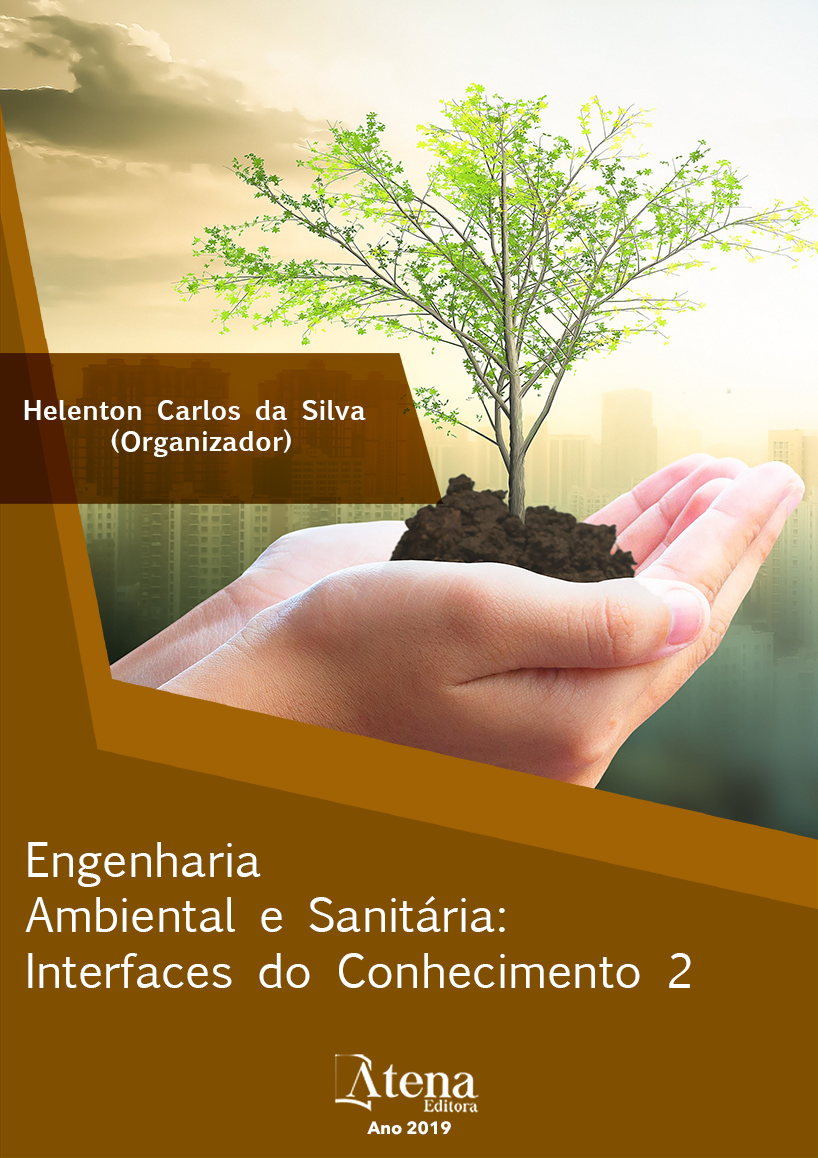
ESTIMATIVA DE POTENCIAL HÍDRICO SUBTERRÂNEO NA REGIÃO NORTE DO ESTADO DO PARANÁ
O estudo tem por objetivo apresentar
uma metodologia para o cálculo das reservas
ativas subterrâneas – em especial para a parcela
renovável – considerada como adequada à
gestão dos recursos hídricos, com destaque
para integração entre as suas componentes
superficiais e subterrâneas – além de apresentar
os resultados do cálculo da reserva ativa dos
sistemas aquíferos da região Norte do Estado
do Paraná, os quais foram comparados com
aqueles apresentados pela ANA – Agência
Nacional de Águas, mais especificamente na
Avaliação da Disponibilidade Hídrica na Bacia
do Rio Paranapanema (ANA, 2014), já que uma
parcela das áreas se sobrepõe e são compostas
dos mesmos litotipos geológicos analisados.
A seleção da metodologia apresentada se
baseou na sua relativa facilidade de obtenção
e interpretação, mas também por poder já
considerar – senão em toda, mas em grande
parte - a parcela da reserva ativa que é
explotada de forma não conhecida, através
de poços mais superficiais não outorgados,
uma vez que se baseia em dados da descarga
de base dos rios, fator este fundamental no
seu correto dimensionamento. Também se
destaca por permitir análises pormenorizadas
das variações que determinados sistemas
aquíferos apresentam em distintas bacias
hidrográficas, o que pode ser mascarado pelas
outras metodologias, que em geral apresentam
médias mais regionais das reservas ativas. Tal
avaliação permitiu concluir que os resultados
obtidos por ambas as metodologias é próximo
e coerente, sofrendo apenas variações mais
significativas em aquíferos não tão relevantes,
como nos aquitardes, ou em áreas mais
complexas como o Sistema Aquífero Carste.
ESTIMATIVA DE POTENCIAL HÍDRICO SUBTERRÂNEO NA REGIÃO NORTE DO ESTADO DO PARANÁ
-
Palavras-chave: Potencial Hídrico Subterrâneo, Reserva Ativa, Água Subterrânea, Disponibilidade Hídrica Subterrânea.
-
Keywords: Underground Water Potential, Active Reserve, Underground Water, Underground Water Availability
-
Abstract:
The study aims to present a methodology for the calculation of underground
active reserves - especially for the renewable portion - considered as adequate for
water resources management, with emphasis on the integration between its surface
and underground components - besides presenting the results of the calculation of the
active reserve of aquifer systems in the northern region of Paraná State, which were
compared with those presented by ANA - National Water Agency, more specifically
in the Water Availability Assessment in the Paranapanema River Basin (ANA, 2014),
since a portion of the areas overlap and are composed of the same geological lithotypes
analyzed. The selection of the methodology presented was based on its relative ease
of obtaining and interpretation, but also because it may already consider - if not all but
largely - the portion of the active reserve that is exploited in an unknown way through
more shallow wells, since it is based on data of the base discharge of the rivers, a
fundamental factor in its correct dimensioning. It also stands out for allowing detailed
analyzes of the variations that certain aquifer systems present in different river basins,
which can be masked by other methodologies, which generally present more regional
averages of active reserves. This evaluation led to the conclusion that the results
obtained by both methodologies are close and coherent, suffering only more significant
variations in aquifers not as relevant, as in aquitards, or in more complex areas such
as the Karst Aquifer System.
-
Número de páginas: 14
- Cláudio Marchand Krüger
- Rodrigo Pinheiro Pacheco
- Marcos Cesar Santos da Silva
- Maurício Marchand Krüger


